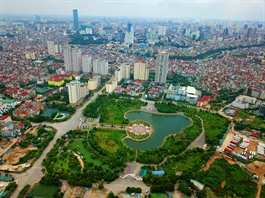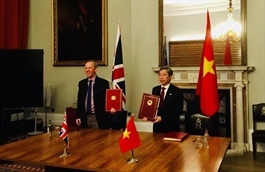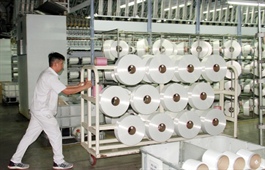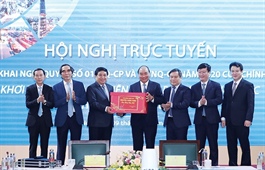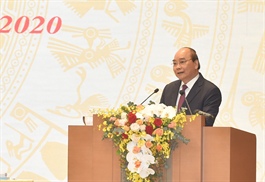Japanese maintaining operations thanks to quick-thinking action
Japanese maintaining operations thanks to quick-thinking action
Japanese businesses have deployed a number of new business models in Vietnam in 2020 in an effort to shelter from the storm of COVID-19. Takeo Nakajima, chief representative of the Japan External Trade Organization in Hanoi, discussed with VIR’s Bich Thuy its performance during the year and plans in 2021 in the context of digital transformation and free trade agreement impacts.
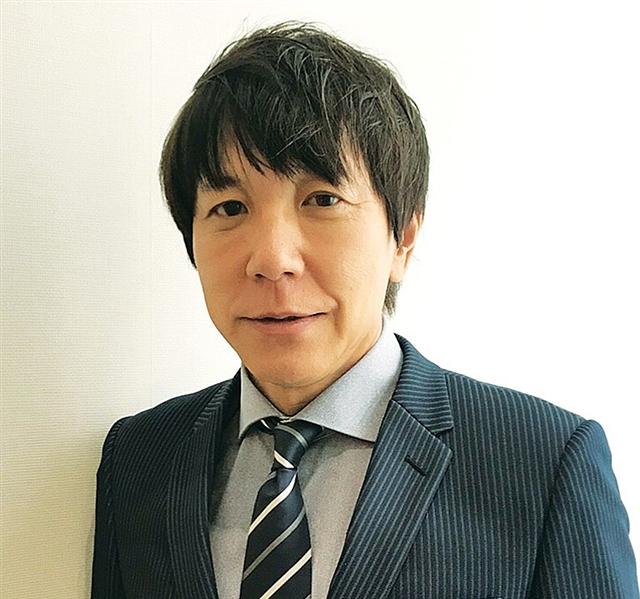
Takeo Nakajima, chief representative of the Japan External Trade Organization in Hanoi
|
The Vietnamese government has been taking a number of supporting policies to support businesses in a difficult time. How have Japanese companies benefited from these?
We highly appreciate the work Vietnam has done in the prevention of COVID-19 in the country. Effectively containing the pandemic provides significant support for the economy, and the business community as well.
Moreover, easing restrictions on the border is helpful to resuming business. A series of dialogues between the Vietnamese central and local governments with Japanese companies, meanwhile, has also assisted business confidence, with the highlight being a meeting with Prime Minister Nguyen Xuan Phuc in September 2020.
Because of the quick initiation of countermeasures against COVID-19, most Japanese companies are maintaining operations in Vietnam and do not need financial or other direct support.
The central and local governments’ priority in 2020 was to tackle the pandemic. As a result, the business climate has not improved much, but businesspeople have accepted it. According to our recent survey, Japanese companies’ local procurement rate in Vietnam was 37 per cent, a one-point increase from the previous year. The rest is imported from other countries.
Domestic and foreign-invested enterprises in Vietnam have looked into new business models to stand firm and develop in 2020. What have been the key focus points for Japanese businesses in Vietnam during the year?
First was reinforcing the supply chain and value chain to avoid business disruption by unexpected incidents. Now, Vietnam is one of the critical countries for a more resilient Japanese supply chain.
Next, investment is spreading into more provinces throughout Vietnam as the domestic markets expand, and business costs in urban areas increase. Furthermore, more Japanese small- and medium-sized enterprises (SMEs) will start operations in Vietnam if COVID-19 remains under control. Most of the big Japanese enterprises have factories or branches in Vietnam, and the next significant trend is that SMEs with superior technology will invest in the country.
The Vietnamese government has been accelerating the digital transformation of state agencies and the business community. How have Japanese companies tapped into this trend?
Japanese companies waste no time in capturing these types of opportunities. There are many players in digital transformation - large multinational corporations, domestic SMEs, and international startups. We help companies in Japan and Vietnam meet and collaborate through different channels, including business matching, seminars, and one-on-one introductions. Vietnam has a unique potential with a manufacturing base, ICT capability, and English and/or Japanese speaking ability.
Looking towards 2021, what are the possible scenarios in business activities among Japanese businesses in Vietnam in the context that the global health crisis will be around for some time to come?
The International Monetary Fund and the World Bank predict major countries would bounce back to positive GDP growth in 2021 thanks to new vaccine development to counter COVID-19, and Vietnam may attain 6-7 per cent growth next year.
However, Vietnam has uncertain factors surrounding the country. Firstly, it depends heavily on foreign markets, particularly the United States, China, Europe, South Korea, and Japan too. The growth of other countries impacts Vietnam’s economy.
Secondly, tourism occupied around 10 per cent of Vietnam’s GDP. If you include its related industries, the figure would be much higher. If COVID-19 continues to hinder the entry of tourists, it would be challenging for the sectors to recover.
Lastly, we are entering a transition period for Vietnam’s Party leadership towards the next five-year term. We would like to see a clear, comprehensive policy by the new administration next year in the time to come.





